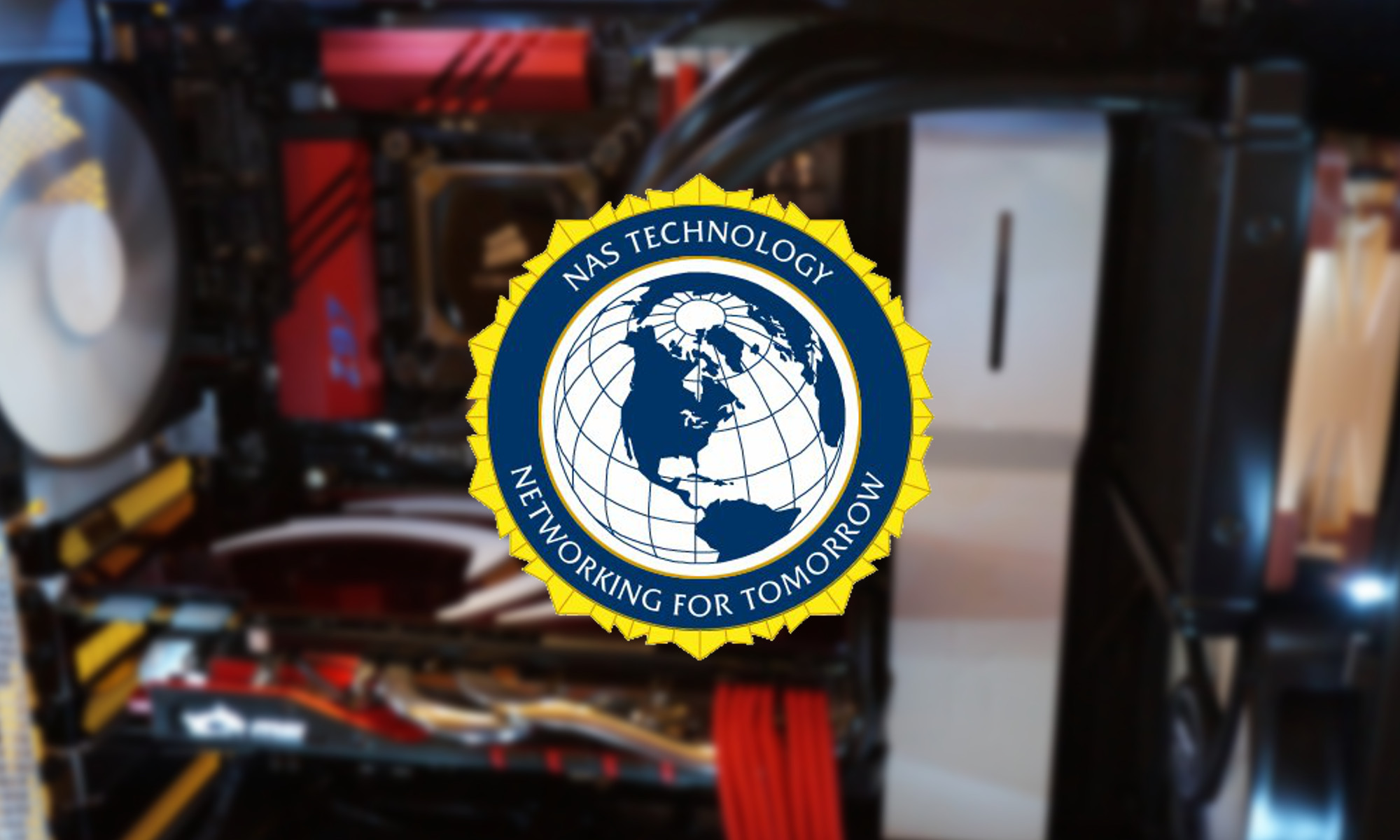“An ounce of prevention is worth a pound of cure” -Benjamin Franklin
This old saying holds just as true in today’s modern world of electronics. This short post will deal with a few simple steps to make sure your computer and your data are secure from disaster. First, we will focus on making sure software is secure and up to date. Second, I will discuss free antivirus and antimalware real time protection software. Third, I will rehash some best practices regarding passwords. Finally, I will try to drive home the security hole of Java.
Keep Software Up-To-Date
Stop using Windows XP. Period. Technically, you still have one year of critical security updates left. Microsoft will officially stop supporting Windows XP in April of 2014, a full TWELVE years after its original release. But why wait until then? Get your data backed up and either install a free operating system such as Ubuntu, install a paid upgrade of Windows 8 or 7 ($199), or purchase a new computer running Windows 8 for well south of $500. Preventing a security breach and stolen identity is worth far more than the pain of a new computer system.
ENABLE WINDOWS UPDATE. Control PanelSystem and SecurityWindows Update – First, change the default setting of updates to also install updates for all Microsoft software (not just Windows i.e. MS Office). Once this is changed, the Windows Update window will read “You Receive Updates: For Windows and Other Products from Microsoft Update”.
Now click “Change Settings” in the left panel or go to Control PanelSystem and SecurityWindows UpdateChange settings & Choose “Install Updates Automatically“. Also, Laptop users might want to change the update frequency to “Check for Updates, but let me choose when to download and install them.” This is especially true if you are using a metered 4G cellular connection. If you do this, you MUST be sure to keep an eye out for the Windows System Update icon next to the System Clock. Speaking of which…
Enable “Always show all icons and notifications on the taskbar“. Control PanelAll Control Panel ItemsNotification Area Icons. Check box for “Always Show”. Taskbar icons are typically where applications will nag you to update them. Do not ignore these icons. Certain running programs minimize to this area as well, such as antivirus, sound settings, network settings, dropbox, boxcryptor, etc. Get to know what should be there when everything is up to date and notice when something changes.
Last – use an automated software updater program. Microsoft Windows Updates are wonderful at updating security fixes for the Operating System, Word, and Excel, but what about all those security updates to Java, Adobe, Firefox, etc? Secunia software has a FREE application called Personal Software Inspector that can handle this automatically.
Continue reading “Preventing Computer Disasters”




 In the past months, every online web service appears to be a target for hacking or just plain old fashion social engineering.
In the past months, every online web service appears to be a target for hacking or just plain old fashion social engineering.